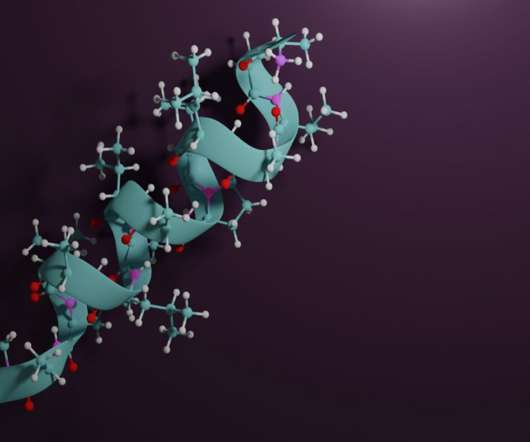Cell-penetrating peptides as a delivery system for oligonucleotides
Drug Discovery World
AUGUST 3, 2022
Bachem has spent time studying and researching this reaction, along with the side-reactions that happen during the coupling stage. Currently, only a small number of CPP-based oligonucleotide delivery examples have been reported for in vivo application. However, this method does come with one major drawback.














Let's personalize your content